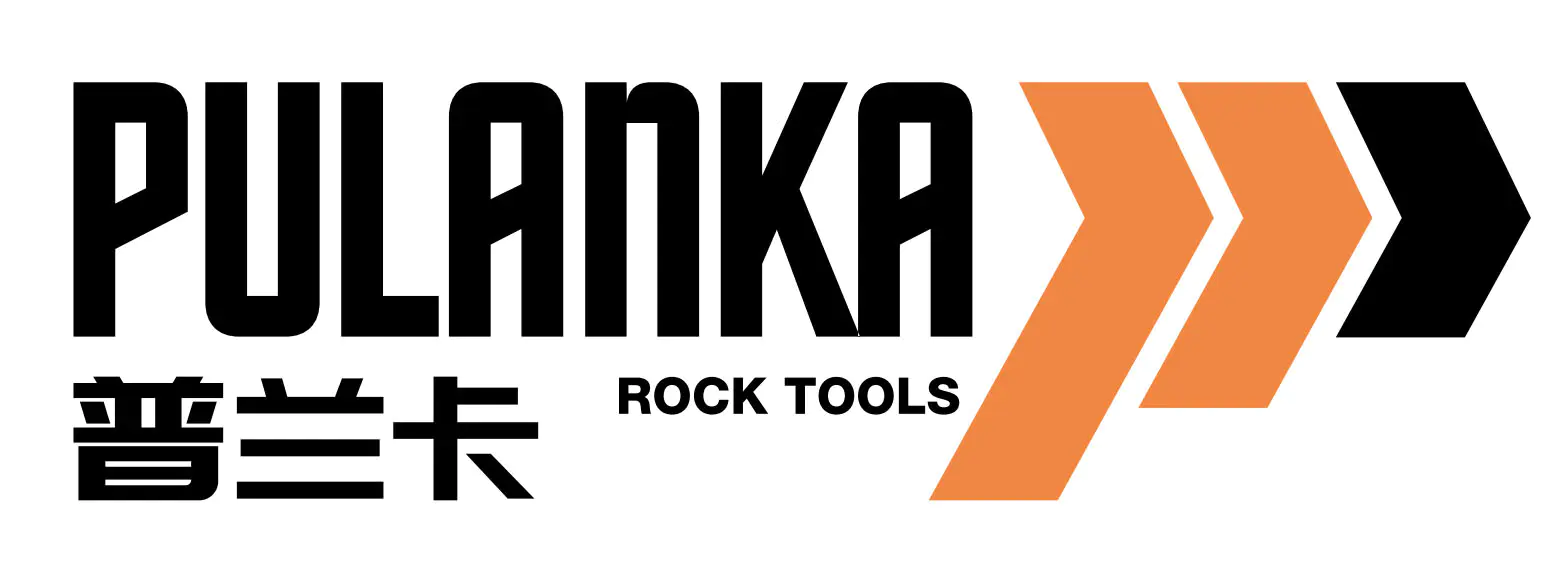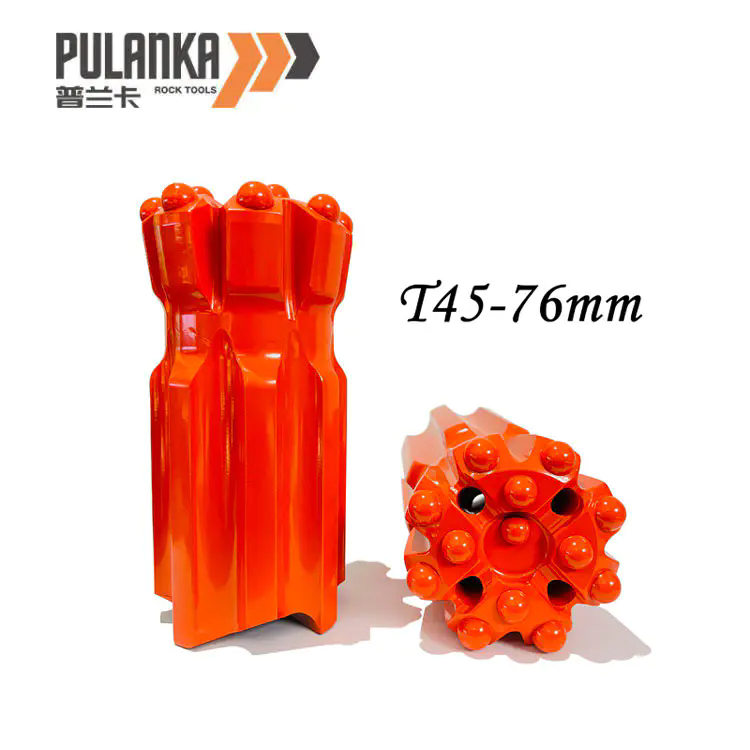How Does Top Hammer Drilling Revolutionize Mining and Construction Efficiency?
2025-08-11
In the demanding fields of mining, quarrying, and construction, efficiency, precision, and durability are paramount. Among the various drilling methods available, top hammer drilling has emerged as a game-changer, offering unique advantages that make it a preferred choice for hard rock applications. Unlike other techniques such as down-the-hole (DTH) drilling, top hammer drilling transfers impact energy directly through the drill string to the bit, minimizing energy loss and maximizing performance. As industries strive to reduce operational costs, increase productivity, and tackle challenging terrains, understanding how top hammer drilling achieves these goals is essential. This guide explores the mechanics, benefits, and applications of top hammer drilling, provides detailed specifications of our high-performance equipment, and addresses common questions to highlight its transformative impact on modern operations.
Trending News Headlines: Top Searches on Top Hammer Drilling
- "How Top Hammer Drilling Cuts Construction Project Timelines"
- "Top Hammer Drilling vs. DTH: Which Is Better for Your Site?"
These headlines underscore the key reasons behind top hammer drilling’s popularity: its efficiency in hard rock, ability to streamline projects, and ongoing comparison with alternative methods. For professionals in mining and construction, staying informed about these trends is crucial to selecting the right drilling technique for their specific needs.
How Top Hammer Drilling Works: Key Mechanics and Advantages
Superior Energy Efficiency
One of the most significant benefits of top hammer drilling is its energy efficiency. By transferring impact energy directly through the drill string, the method reduces energy waste compared to DTH drilling, where energy is lost as compressed air travels down the drill pipe. This efficiency translates to lower fuel consumption, reduced operating costs, and a smaller carbon footprint—an increasingly important consideration for environmentally conscious operations. In hard rock conditions, where energy requirements are highest, top hammer drilling’s efficiency becomes even more pronounced, allowing operators to achieve deeper or faster drilling with less energy input.
Enhanced Precision and Control
Top hammer drilling offers superior precision, making it ideal for applications where accuracy is critical, such as creating blast holes in mining or setting anchor bolts in construction. The direct transfer of energy allows for better control over the drill bit’s path, reducing the risk of deviation and ensuring holes are drilled to the exact depth and diameter required. This precision minimizes material waste, reduces the need for rework, and improves the overall quality of the project. For example, in quarrying, precise hole placement ensures more efficient fragmentation of rock, reducing the amount of explosives needed and improving safety.
Faster Drilling Speeds in Hard Rock
In hard rock formations—such as granite, basalt, or quartzite—top hammer drilling outperforms many other methods in terms of speed. The direct impact mechanism allows the drill bit to penetrate hard rock more quickly, as the energy is focused directly on the cutting surface. This speed translates to higher productivity, as more holes can be drilled in less time, accelerating project timelines. For mining operations, where time is critical to meeting production targets, faster drilling can significantly boost output and profitability.
Reduced Maintenance and Downtime
Top hammer drilling equipment is generally simpler in design than DTH systems, with fewer moving parts and less reliance on complex air or hydraulic systems. This simplicity reduces the risk of mechanical failure and lowers maintenance requirements. Drill bits and rods for top hammer systems are also easier to inspect, replace, and repair, minimizing downtime. In remote mining or construction sites, where access to replacement parts and maintenance crews is limited, this reliability is a major advantage, ensuring operations can continue with minimal interruptions.
Versatility Across Applications
While top hammer drilling excels in hard rock, it is also versatile enough to handle a range of other formations, including soft rock and soil, with the right bit selection. This adaptability makes it a valuable asset for operations that encounter varying ground conditions. From mining exploration and quarrying to road construction and foundation work, top hammer drilling can be customized with different bit types (e.g., cross bits, button bits) and drill rod lengths to suit specific tasks, eliminating the need for multiple drilling systems and reducing equipment costs.
Our Top Hammer Drilling Equipment Specifications
|
Product
|
THD-2000 Top Hammer Drill Rig
|
THB-50 Button Bits (Carbide)
|
THR-76 Drill Rods
|
|
Power Source
|
Diesel engine (120 HP)
|
N/A (attaches to drill rig)
|
N/A (compatible with THD-2000)
|
|
Maximum Drilling Depth
|
30 meters
|
N/A
|
3 meters (standard length)
|
|
Hole Diameter Range
|
38-115 mm
|
45-102 mm
|
76 mm (diameter)
|
|
Impact Energy
|
2000 J
|
N/A
|
N/A (transfers impact energy)
|
|
Impact Frequency
|
2000-3000 bpm
|
N/A
|
N/A
|
|
Rotation Torque
|
3500 Nm
|
N/A
|
N/A
|
|
Weight
|
8500 kg
|
1.2-3.5 kg (varies by size)
|
25 kg/m
|
|
Bit Material
|
N/A
|
Tungsten carbide inserts, steel body
|
High-grade alloy steel (4140)
|
|
Rod Connection Type
|
Threaded (R32-R51)
|
Threaded (matches drill rods)
|
Threaded (male/female)
|
|
Recommended Formation
|
Hard rock (granite, basalt), medium rock
|
Hard rock, abrasive formations
|
All formations compatible with top hammer drilling
|
|
Warranty
|
1 year (parts and labor)
|
6 months (wear and tear excluded)
|
1 year (structural defects)
|
All our equipment undergoes rigorous testing to ensure it meets international safety and performance standards, including ISO 9001 certification. We also offer custom solutions, such as specialized bits for unique rock formations or extended drill rods for deeper drilling, to meet specific customer requirements.
FAQ: Common Questions About Top Hammer Drilling
A: Extending the lifespan of top hammer drill bits and rods requires proper operation, maintenance, and selection. First, match the bit type to the rock formation—using a button bit for hard, abrasive rock and a cross bit for softer formations reduces unnecessary wear. Second, maintain proper drilling parameters: avoid excessive impact force or rotation speed, which can overheat the bit, and ensure adequate flushing (air or water) to remove cuttings, preventing bit jamming and wear. Third, inspect bits and rods regularly for signs of damage, such as cracked inserts, bent rods, or worn threads. Replace damaged components promptly to avoid further damage to the drill rig or other parts. Fourth, store equipment in a dry, covered area to prevent corrosion, and apply thread lubricant before use to reduce friction. Finally, train operators to handle equipment carefully, avoiding rough handling or dropping bits and rods, which can cause structural damage. Following these steps can significantly extend the lifespan of your top hammer drilling accessories, reducing replacement costs and downtime.
Related News






